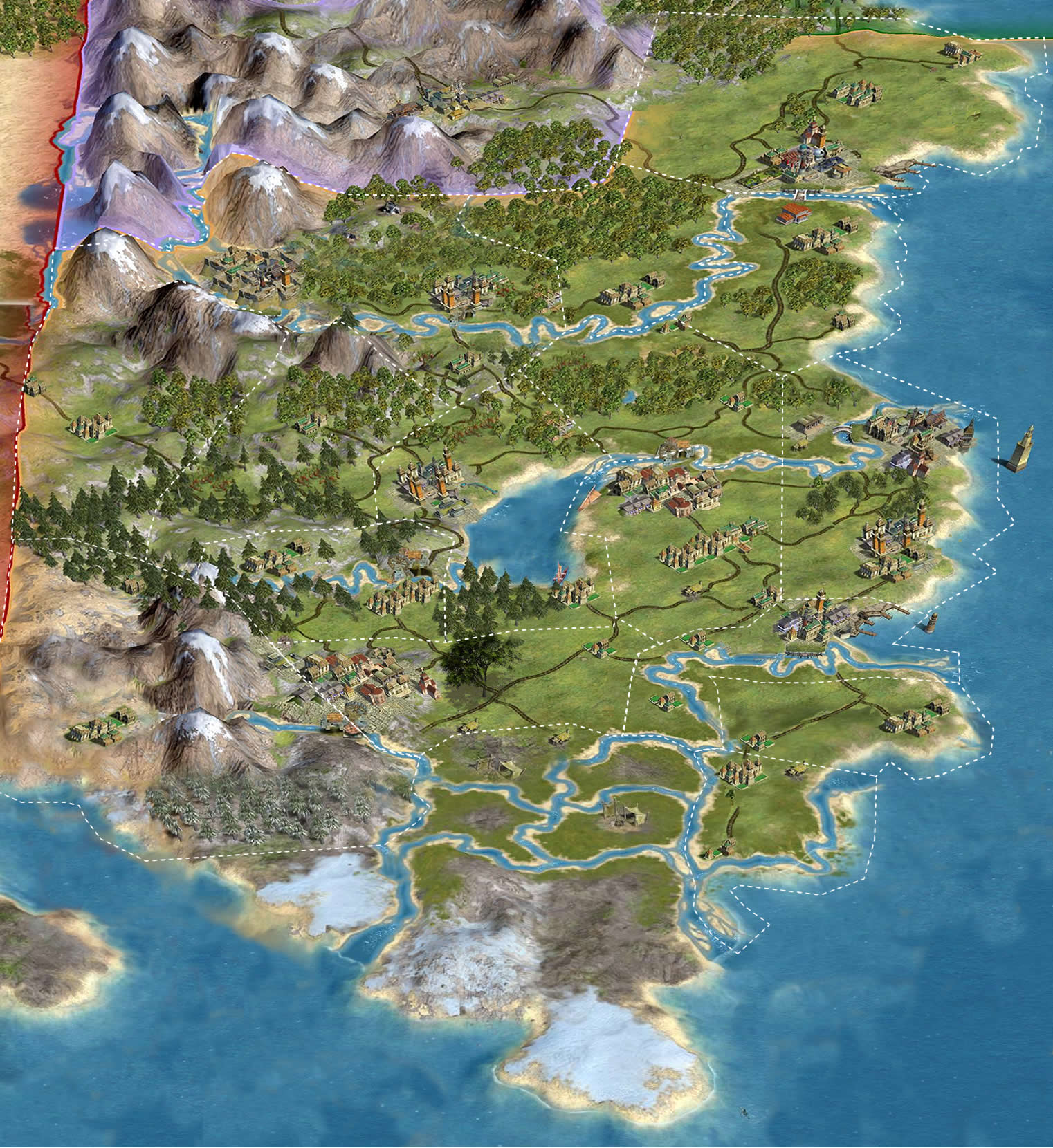Brajar
Most of Brajar is grasslands, with some good port cities to the east. There are some scrubby foothills to the west, recently discovered to have rich mineral deposits. The country is bounded to the north by the the Rocknari princedoms, to the west by Chalion, and to the south by the Weald. The country’s traditional exports are the meat, leather, and dairy products produced by the herds, and the colorful textiles, and citrus fruits of the hot coastal cities.
The official language off Brajar is Ibran. Culturally, Brajar is a blend of Spanish California and the Carthaginian Empire.
Structure
The head of state is the Roya Frederica Salome dy Vivar II. Brajar is a feudal monarchy in the Ibran style, with provincares pledging their fealty to the Roya and lower lords pledging their fealty to the provincares. The provicares and roya maintain courts and courtiers.
History
For millennia, the semi-nomadic Gauciega clans of the endless Brajaran grasslands have lived off the vast herds of cattle, bison and brontosaur. On the coastal east, a series of city-states grew from a mix of Roknari-decended fisherfolk, Chalionese and Wealding refugees from the days of Dratharcan empire-building, and the native coastal inhabitants. Recognizing their shared heritage and economy, they banded into the Brajador League and slowly grew rich off trade.
About 150 years ago, the ruler of Rodrigo Díaz dy Vivar (known as “El Cid”), rose to prominence in the city of Eveigo. Through a mixture of diplomacy, marriages, and conquests, he joined the powerful port cities into a single monarchy and then turned eastward to the ancestral home of the Gauciega. He and heir spent the next 50 years colonizing the land, starting towns and haciendas, tightly controlling the pioneers, and wooing the clans with modern technology, trade ease of trade, and greater aid to fight off Chalionese and Dratharcan encroachment. His policy worked, Braja is now a united nation, although not necessarily an idyllic one. Ostensibly the country celebrates the twin cultures, but since the provincars are Brajadoran, the clansmen are treated as lower-class rather than full players in the country’s governance, leading to ongoing political tensions.
In the last 15 years, major veins of gold and silver have been discovered in the Brajar foothills in the undeveloped west, flooding the country with miners, speculators, gamblers, and everyone else looking to make a fortune. Wild towns have sprung up practically overnight near each of the mines, upsetting the previously carefully managed Provicar and Hacienda system. The Roya has reacted with mixed feelings toward this development, on one hand welcoming the influx of wealth in the country, but on the other hand worrying about the effect on traditional Brajar culture that the ever-increasing foreign immigration and domestic upset will bring. The herding tribes have responded by become more militarily organized, with the emerging gaucho movement battling to defend their land from any who would take it.



Comments